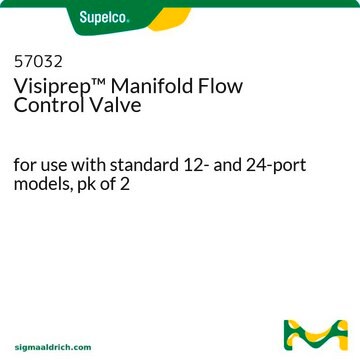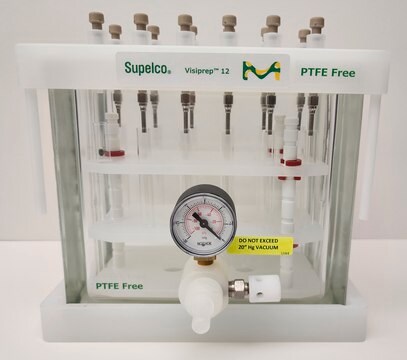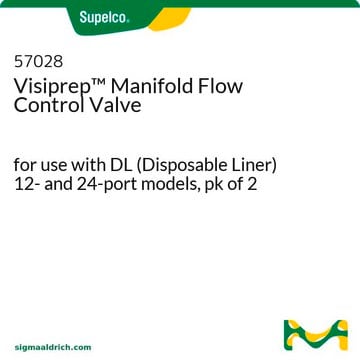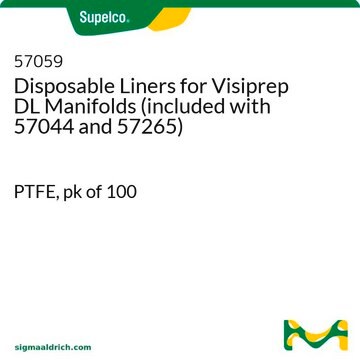28313-U
Carbotrap® 202
glass TD tube, fritted, O.D. × I.D. × L 6 mm × 4 mm × 7 in., preconditioned, pkg of 1 ea
About This Item
Recommended Products
material
glass TD tube
description
Sealed with TDS³ Storage Container
product line
Carbotrap®
feature
fritted
preconditioned
packaging
pkg of 1 ea
technique(s)
active air sampling: suitable
O.D. × I.D. × L
6 mm × 4 mm × 7 in.
matrix
Carbotrap® 202 (Packed with Carbotrap B & Carbotrap C)
Carbotrap® B graphitized carbon black (GCB)
Carbotrap® C graphitized carbon black (GCB)
suitability
suitable for (C5-C20 Compounds in Air)
application(s)
air monitoring
environmental
industrial hygiene
compatibility
for use with Gerstel® TDS A & TDS 2
Looking for similar products? Visit Product Comparison Guide
Legal Information
Choose from one of the most recent versions:
Certificates of Analysis (COA)
Sorry, we don't have COAs for this product available online at this time.
If you need assistance, please contact Customer Support.
Already Own This Product?
Find documentation for the products that you have recently purchased in the Document Library.
Our team of scientists has experience in all areas of research including Life Science, Material Science, Chemical Synthesis, Chromatography, Analytical and many others.
Contact Technical Service







